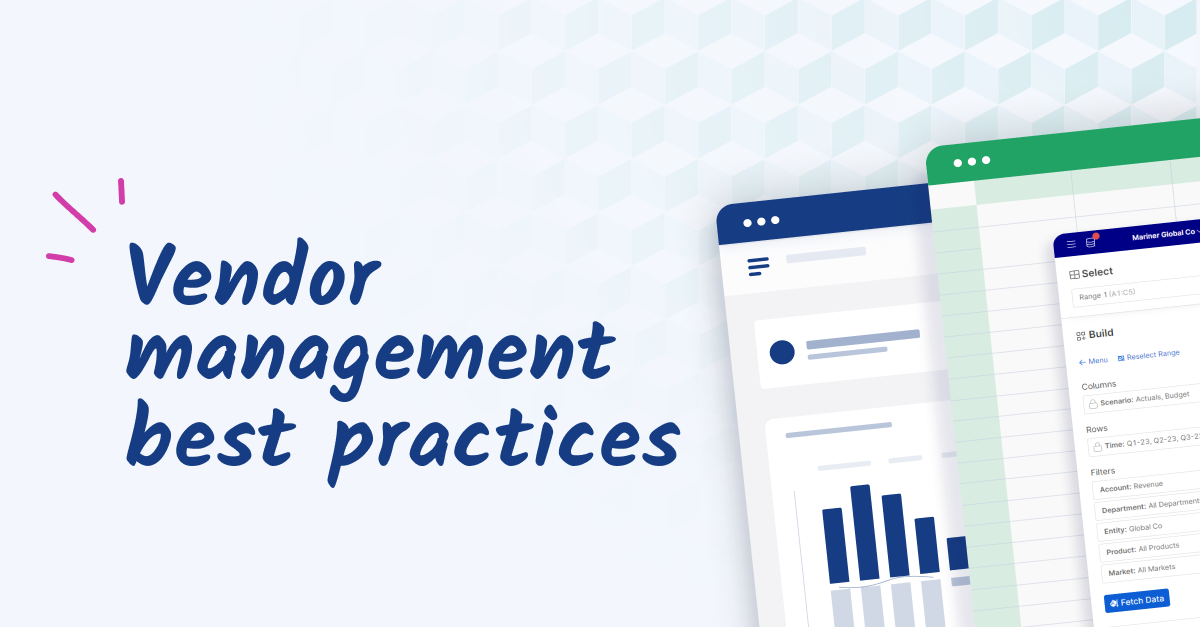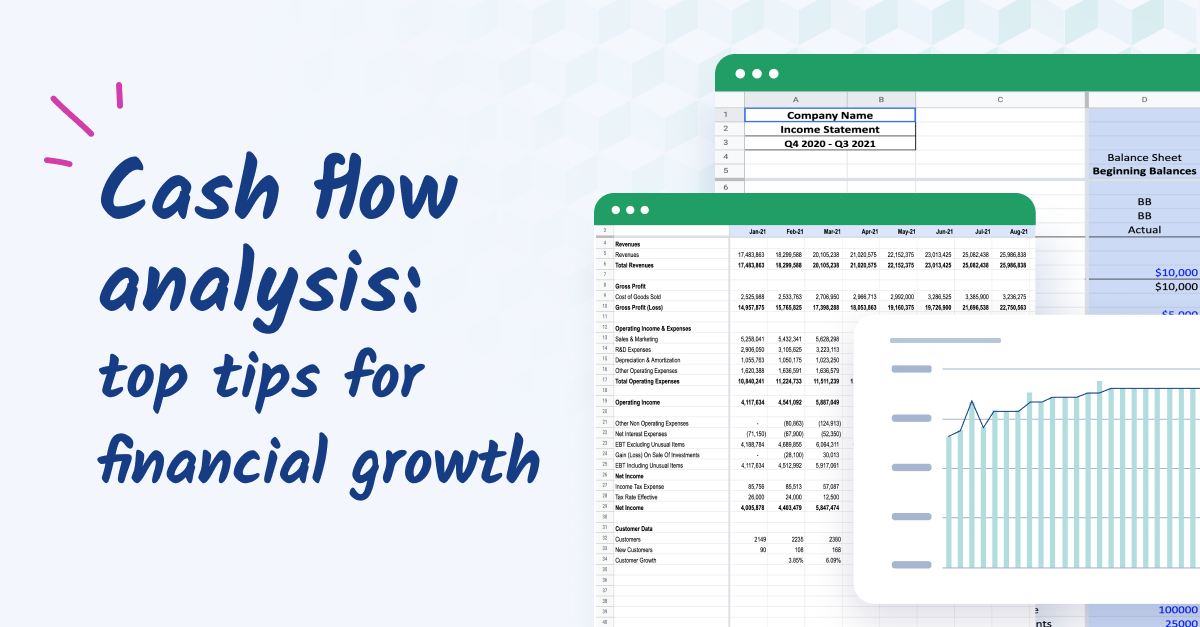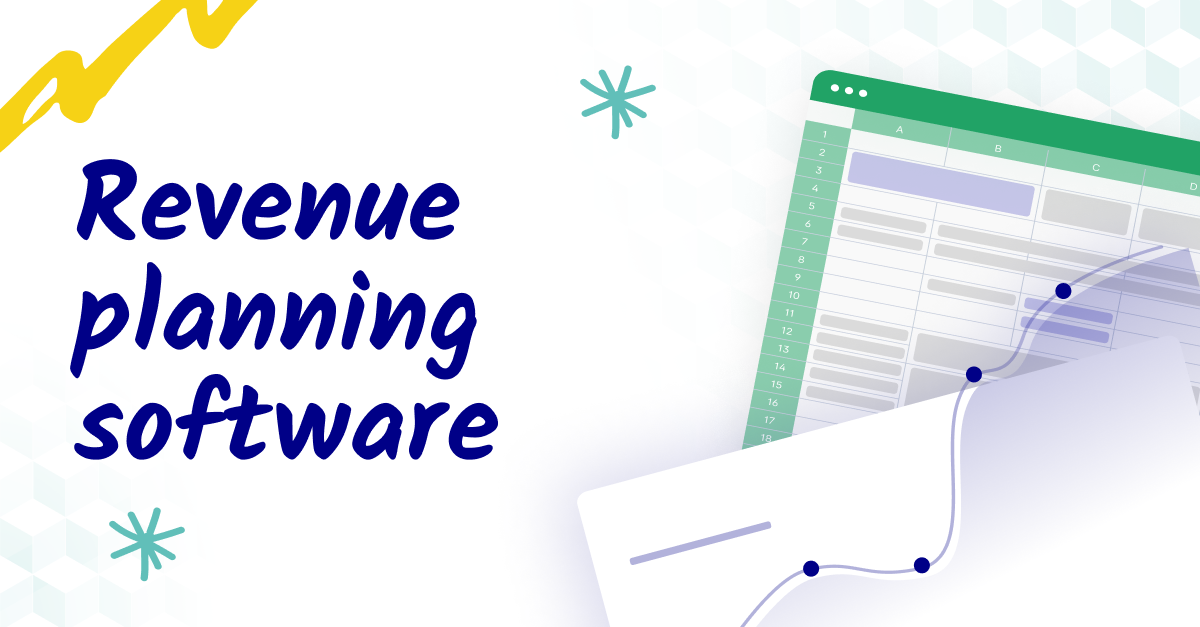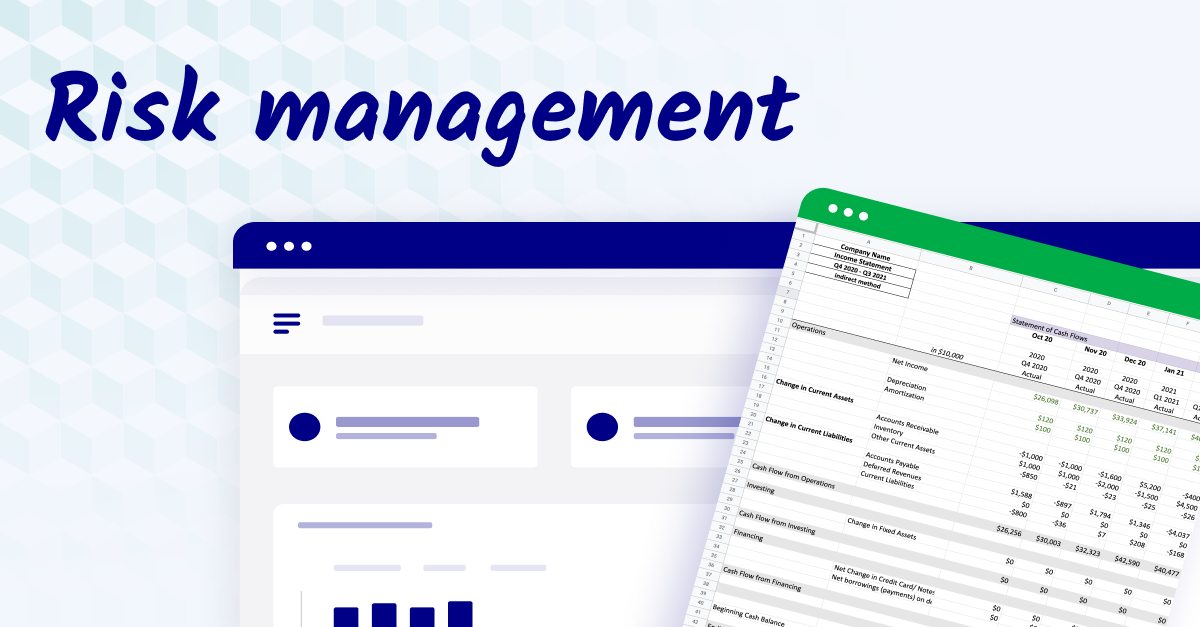Vendor relationship management: What it is and why it matters
Vendor relationship management is all about how you interact and deal with the companies providing goods and services to your business. Essentially, it helps you get the most value out of your partnerships, ensuring that both sides understand and fulfill their part of the deal.
Good vendor management involves more than just negotiating contracts and keeping an eye on your bottom line. Often, the most important part is building relationships that are strong enough to weather ups and downs, adapt to changes, and work together to solve problems.
Vendors can be as crucial to your success as your customers. They're a huge part of making sure your business runs smoothly, from ensuring you've got the right resources at the right time to helping you innovate and stay competitive.
When you manage these relationships well, it can mean less hassle, more reliability, and often, cost savings. Plus, when you and your vendors are working in sync, it opens up opportunities for growth and improvements that can give you an edge in the market.

Top 7 vendor management best practices
So, how can you make sure you're managing these relationships effectively?
We've compiled a list of best practices* to help you get started. These insights are designed to streamline your processes, strengthen your partnerships, and elevate your operations.
Let's dive in.
* While Finance is a key player in vendor management, especially regarding financial transactions and performance analysis, it is part of a broader, collaborative effort that includes multiple departments to manage vendor relationships effectively. Your direct responsibility and involvement in each step of the vendor management process may vary depending on your organization's size, structure, and the division of roles within.
1. Understand your vendor landscape
To understand your vendor sourcing landscape, you need to get a clear picture of who's supplying what to your business. You should ask yourself:
- Who your vendors are
- How they fit into your operations
This will help you identify which vendors are essential to keeping the lights on, and which are more of a nice-to-have.
Start by mapping out all of your vendors and what they provide to your operation. Then, categorize them into two groups: those that are critical for your day-to-day operations, and those that you can live without in times of crisis. This categorization is crucial for prioritizing your focus and resources.
Finally, set up a schedule to reassess your vendor landscape. This way, you can make sure that any new vendors are slotted into your vendor data categorization system and you're always aware of the current state of your vendor relationships.
2. Do your due diligence
What exactly does "doing your due diligence" mean in this case? Essentially, it means doing your homework to make sure your vendors are financially stable, compliant with relevant regulations, and hold a solid reputation. Skipping this step is like building a house without inspecting the foundation—risky and likely to cause problems down the line.
Start with financial assessments. You’ll want to look at your vendors’ financial health to see whether they're capable of delivering consistently over the long term. This might involve:
- Reviewing their credit scores
- Checking financial statements
- Digging for other indicators of financial stability
Background checks and performance evaluations are equally important. A thorough background check can reveal a lot about a vendor’s business practices, ethics, and reputation. Meanwhile, evaluating their past performance, possibly through references or case studies, gives you insight into their reliability and quality of service.
But remember, due diligence doesn’t stop once vendor onboarding is complete—it’s an ongoing part of the vendor management and procurement process. You should make regular check-ins, performance reviews, and financial assessments part of your routine so you can catch potential issues before they become real problems.

3. Establish clear vendor management policies
Vendor management policies are like blueprints for what you expect from your vendors. They lay the groundwork for a successful partnership by listing your expectations for performance and compliance.
Your policies should clearly define what you expect from your vendors. This means detailing performance standards, compliance with legal and industry regulations, and how and when these will be reviewed. Getting on the same page early on can prevent misunderstandings later down the line.
Key components of these policies include:
- Compliance requirements: Ensures you and your vendors are on the right side of the law and industry standards.
- Service Level Agreements (SLAs): Crucial for outlining performance metrics and expectations.
- Dispute resolution procedures: Better to have a plan for resolving disagreements before they happen.
It's important to make sure that these contract management policies align with your overall business objectives and the specific goals of your finance department. For example, if cost reduction is a major objective for your finance department, your SLAs with vendors might include incentives for cost savings or penalties for overruns.
4. Negotiate contracts that align with business goals
This stage is where you translate your vendor management policies into specific, legally binding agreements tailored to each vendor relationship.
The contracts should help you achieve your main business goals, such as reducing costs, improving quality, or speeding up delivery. Identify what you need from your vendors and make sure the contract reflects these needs.
You should make sure the contract is flexible enough that it can adapt to changes in your business. Include options to change the amount of work or services as needed and adjust terms if your business goals change. This is also the best time to set specific targets and measures in terms of tracking vendor performance. These should be clear in the contract so you can make sure the vendor meets your expectations.
Bringing in legal and financial experts can help ensure the contract is good for your business. They'll look out for risks, check that everything is compliant with laws, and make sure the financial terms fit with your budget.
Now you know what to include, but how can you negotiate well enough to ensure you end up with the best possible contract? Try these negotiation strategies:
- Pay attention to the big picture: Understand what you truly need from the vendor. Sure, the cost is an important factor, but what about the quality of service, support, and the vendor’s ability to innovate? Choose what's most important to you, then negotiate based on those needs.
- Identify mutual benefits: Try to reach agreements that are good for both sides. This helps build a strong, lasting partnership.
- Involve Finance early: As a finance leader, it's crucial to ensure that the finance team's input is included from the start. This way, you can ensure the contract matches up with financial plans and limitations and negotiate accordingly.
When it's the finance team seeking the vendor out, that's one thing—you're already involved in the process. But when it's another department that's searching for a vendor, it's easier for things to fall through the cracks. Be sure that department leaders throughout your company know to contact you (or someone on your team) early on when they're looking to bring on a new vendor.

5. Build strong relationships with key vendors
The first step towards building these relationships is to enhance communication. Regular, open dialogues about performance, expectations, and future projects keep both sides aligned and informed. Consider setting up regular meetings or reviews, not just to discuss what's gone wrong but to celebrate successes and plan for the future.
These types of conversations are great for building trust, which often leads to better collaboration. When vendors feel valued and understand their role in your success, they're more likely to go above and beyond. This could mean sharing insights that can lead to process improvements, offering flexible terms during tough times, or investing in innovation that benefits your partnership.
6. Implement robust performance monitoring
This process starts with setting up Key Performance Indicators (KPIs) and metrics tailored to track vendor performance and the specific services each vendor provides. These KPIs are quantifiable measurements of your vendors' performance and how they're directly impacting your business objectives.
Technology plays a big role in vendor performance management and monitoring. The right vendor management services:
- Allows for real-time tracking and analysis of vendor performance against established KPIs
- Offers dashboards that provide at-a-glance insights into vendor metrics, highlights areas of concern, and predicts potential disruptions based on current trends
- Helps you establish an ongoing review process to keep a consistent eye on vendor performance
If you're looking for a solid vendor management system, here are some of the most popular vendor management systems on the market:
If a vendor's performance starts dropping below agreed-upon standards, it's important to address the issue as soon as possible. Just remember: the focus should be on collaboration rather than confrontation.
Meet with the vendor to discuss the root causes of underperformance. This will give them the chance to highlight any systemic issues or unexpected challenges they've been facing. From there, you can work together to develop a plan for improvement.
7. Prioritize risk management and compliance
Prioritizing risk management and compliance is about being proactive rather than reactive, setting your business up for long-term stability and success. This involves understanding various risks, including financial, operational, and reputational, that could arise from vendor partnerships.
Start by mapping out potential vendor related risks, such as:
- Financial risks: These might involve a vendor’s stability and ability to deliver as promised.
- Operational risks: These could relate to their capacity to maintain service levels during crises.
- Reputational risks: These arise when a vendor’s actions could reflect poorly on your business.
Then, come up with a plan to mitigate these risks. For example, you might consider diversifying your vendor base or setting up more monitoring of high-risk partners.
Next, you'll want to ensure compliance with industry regulations and standards. Hold regular compliance reviews to ensure vendors are up to par. In industries where regulations change frequently, you'll want to regularly update your vendors on new requirements and make sure they're in compliance.
But even after all that work, the possibility of a critical vendor failure cannot be entirely eliminated. That's why it's crucial to have a contingency plan in place. These plans should outline steps to take in the event of significant disruptions, such as activating alternative suppliers or temporary solutions.
The goal here is to minimize downtime and keep business operations running smoothly, ensuring that you’re prepared for any scenario.
Conclusion: level up your tech stack
Efficient vendor management boils down to smart partnerships, clear communication, and staying ahead with technology. By putting these practices into play, you're building a stronger foundation for your business.
Speaking of technology, did you know FP&A software can support vendor management processes by providing insights into spending, cost analysis, and financial forecasting related to vendors? This info can be incredibly useful when it comes to making informed decisions about vendor selection, contract renewals, and negotiations.
Interested to learn how Cube can help you during the vendor management process and take your tech stack to the next level? Request a free demo today.
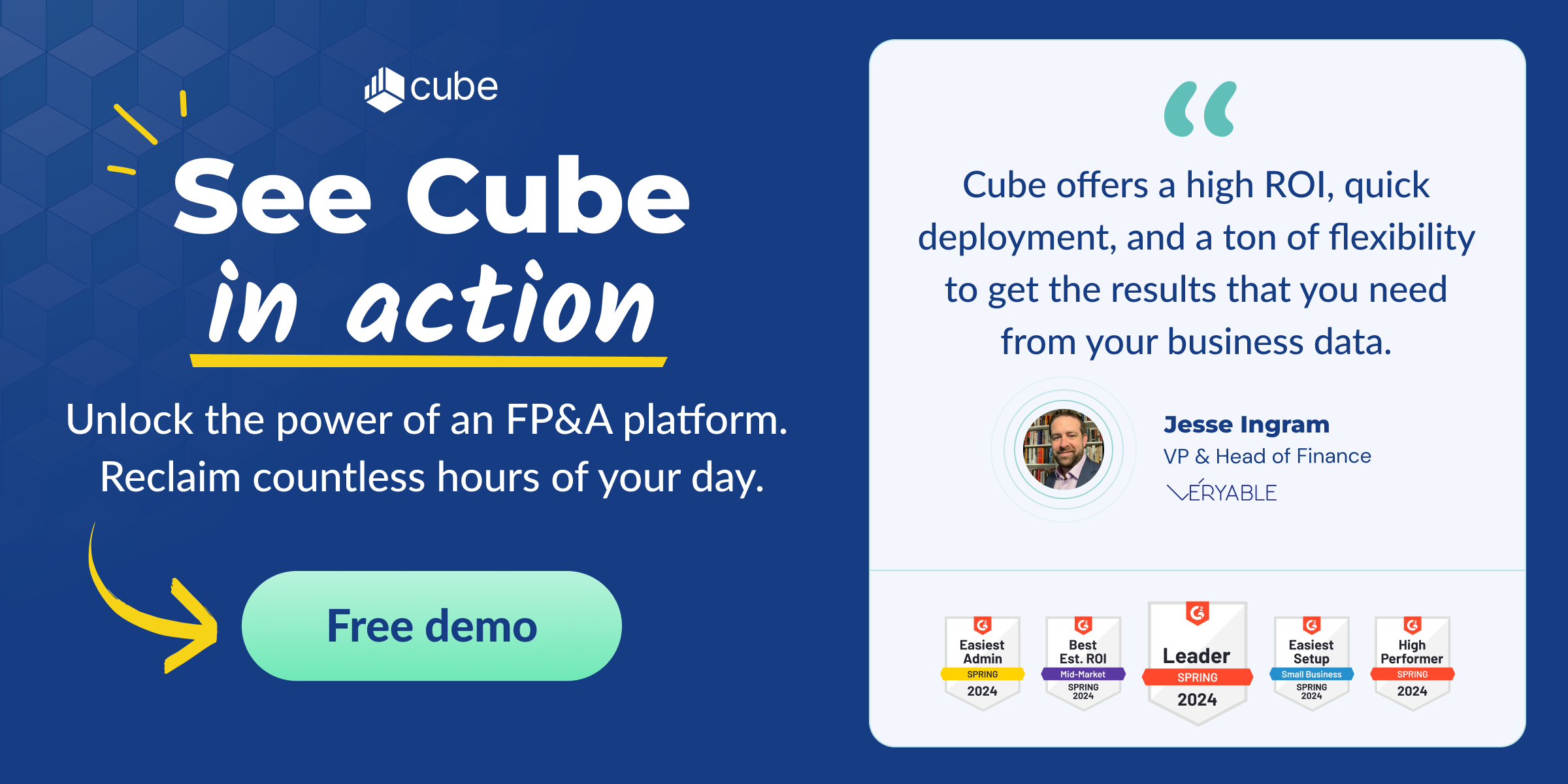


.png)








